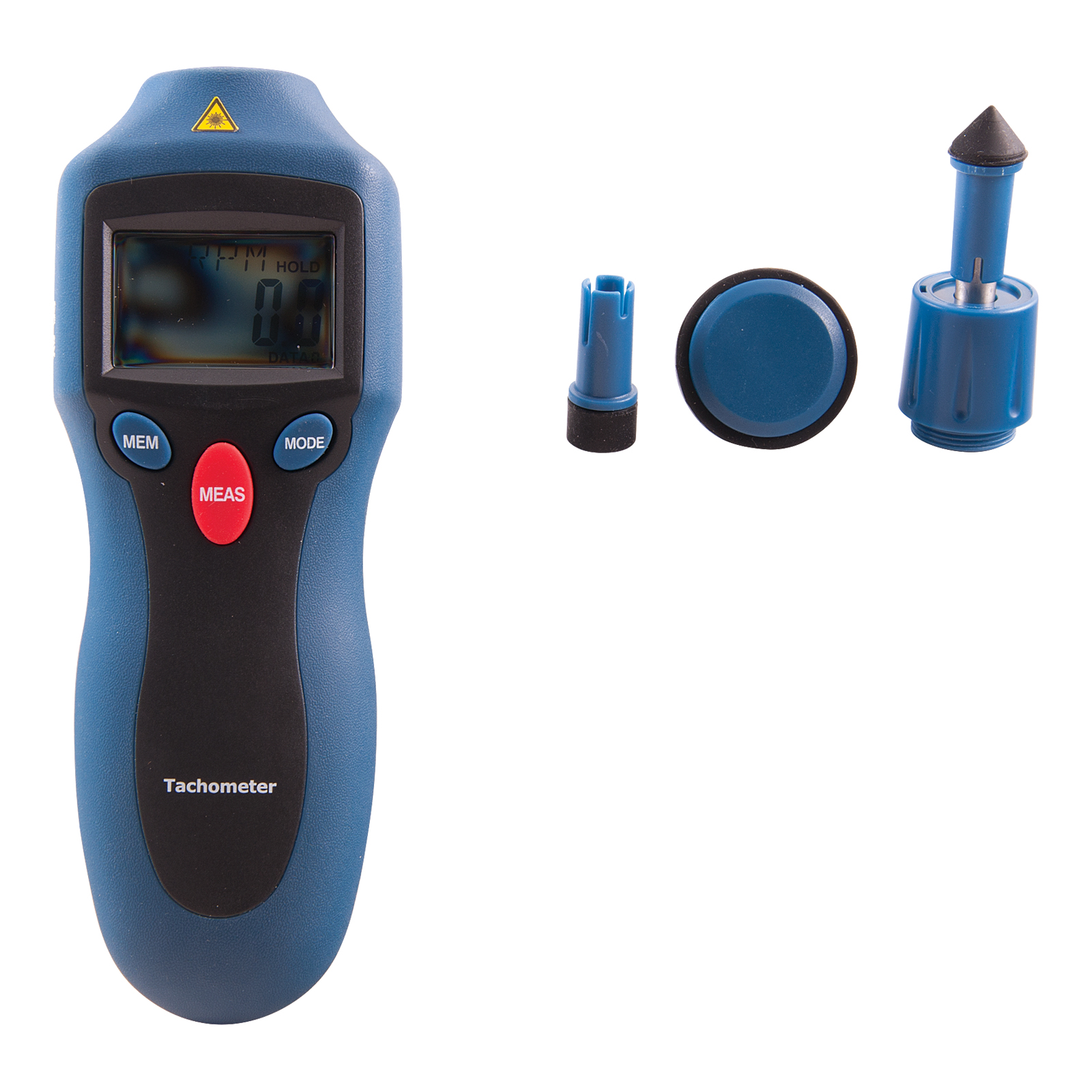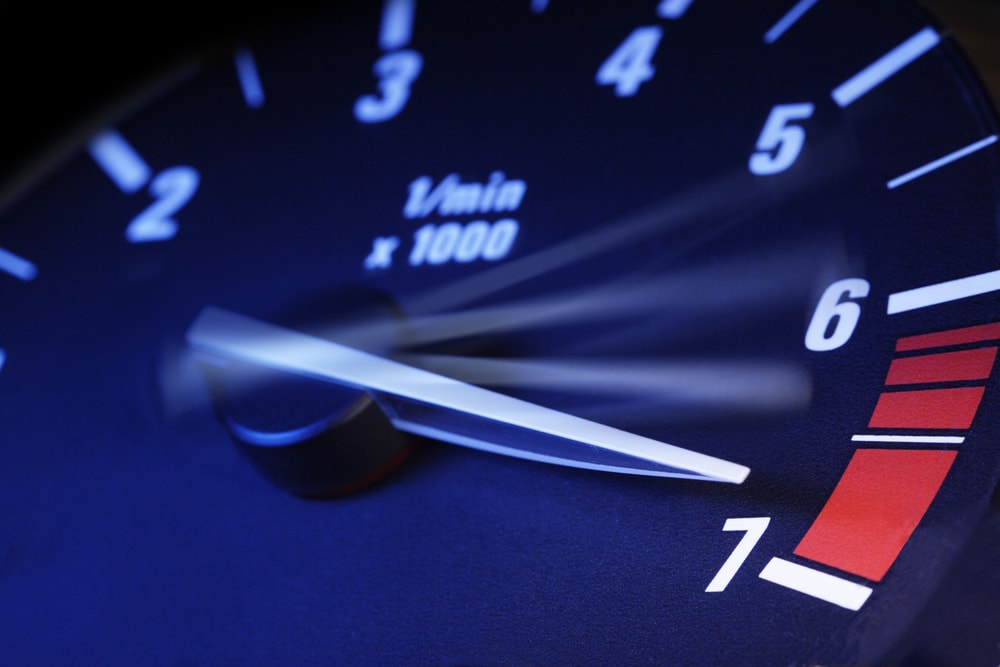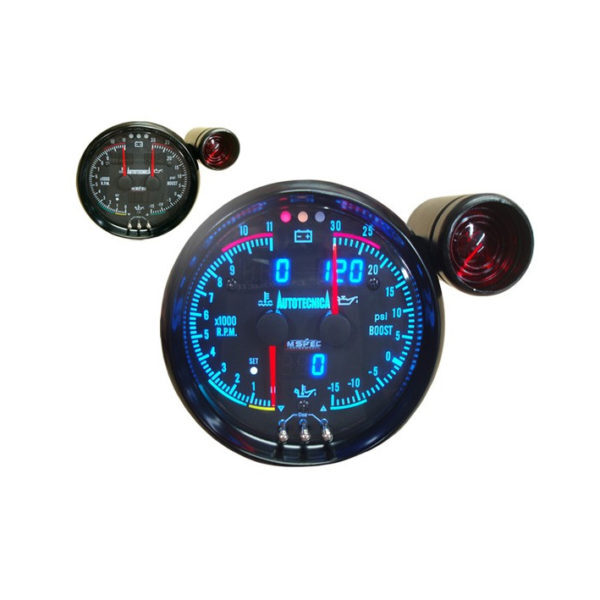The Significance of a Tachometer in Checking Engine Rate and Efficiency in Automotive Applications
In the world of automobile design, the tachometer stands as a crucial instrument in the motorist's collection, giving a direct window right into the internal workings of a lorry's engine. Beyond its function as a plain gauge of revolutions per minute (RPM), the tachometer serves as a vital tool for fanatics and specialists alike, using real-time understandings into engine performance and health. Understanding the value of this tool goes beyond surface-level monitorings, delving right into the complex connection in between engine rate, power result, and total driving experience. As we discover the multifaceted duty of the tachometer in automotive applications, a much deeper appreciation for its influence on automobile dynamics and performance begins to emerge.
Value of Checking Engine RPM
Checking engine RPM, or revolutions per minute, is a critical facet of auto upkeep and efficiency analysis. Engine RPM straight associates with the speed at which the engine's crankshaft turns, showing exactly how quickly the engine is running.
Additionally, monitoring engine RPM is vital for performance evaluation in racing and high-performance vehicles. In summary, checking engine RPM is not just essential for finding issues but also for optimizing engine performance in different auto applications.

Benefits of Real-Time Information
In vehicle applications, real-time information plays a vital function in supplying immediate understandings right into the performance and problem of the car. By continuously monitoring different criteria such as engine rate, temperature, gas intake, and a lot more, real-time data provides many benefits that add to enhanced efficiency and safety when driving.
Additionally, real-time data assists in efficiency optimization by giving instant responses on driving behaviors and engine effectiveness. Chauffeurs can adjust their actions in real-time based on this info to achieve much better fuel economic climate and extend the life expectancy of their lorry.

Furthermore, real-time information plays an important duty in contemporary auto diagnostics, enabling service technicians to quickly identify and deal with malfunctions. This results in minimized downtime, lower maintenance prices, and ultimately, improved general vehicle dependability and longevity (tachometer). By taking advantage of the power of real-time information, automotive stakeholders can make enlightened choices that favorably impact both the performance and longevity of the lorry
Impact on Gear Shifts
The tachometer plays a critical role in enhancing equipment changes by giving real-time engine rate information to the chauffeur. When coming close to the redline on the tachometer, it indicates the driver to upshift to prevent over-revving the engine and causing prospective damages.
In addition, the tachometer aids in accomplishing smoother gear shifts, specifically in hand-operated transmissions. By monitoring engine speed, motorists can carry out equipment changes at the optimum RPM array, reducing snagging activities and lessening endure the transmission elements. This accuracy on duty changes not only improves driving convenience however also adds to fuel efficiency.
Enhancing Gas Efficiency
Given the critical function the tachometer plays in maximizing equipment shifts for efficiency and engine health, it straight adds to making the most of fuel performance in automotive applications. By offering real-time feedback on engine rate, the tachometer assists motorists in keeping one of the most effective RPM range for fuel economic climate. When drivers regularly monitor the tachometer and adjust their driving routines appropriately, they can stay clear of unneeded gas consumption caused by over-revving or carrying the engine.
In addition, the tachometer assists chauffeurs determine one of the most fuel-efficient gear to be in at any type of given minute, preventing the additional hints engine from functioning tougher than essential. This is specifically crucial during acceleration and travelling, where remaining in the ideal gear can dramatically affect gas efficiency. Furthermore, the tachometer can notify motorists to potential mechanical problems that can be adversely affecting fuel economy, such as a sliding clutch or a clogged up air filter. To conclude, the tachometer offers as an important device in improving fuel performance by advertising ideal driving behaviors and determining areas for renovation in the car's efficiency.

Optimizing Engine Longevity
The tachometer's duty in checking engine rate and performance is read review critical in guaranteeing the longevity of auto engines. By utilizing the tachometer efficiently, motorists can optimize engine durability with mindful RPM administration. Consistently revving an engine expensive can lead to too much wear and tear on critical components, such as the pistons, valves, and bearings. Gradually, this can result in lowered engine performance and prospective malfunctions. Monitoring the tachometer enables chauffeurs to remain within the advised RPM array for their lorry, preventing unneeded pressure on the engine and expanding its lifespan.

Final Thought
Finally, the tachometer plays a vital function in checking engine rate and find out here performance in automotive applications. By offering real-time data on RPM, it permits effective gear changes, enhanced fuel efficiency, and taken full advantage of engine durability. This tool is important for keeping optimum engine performance and making sure the overall capability of a car.